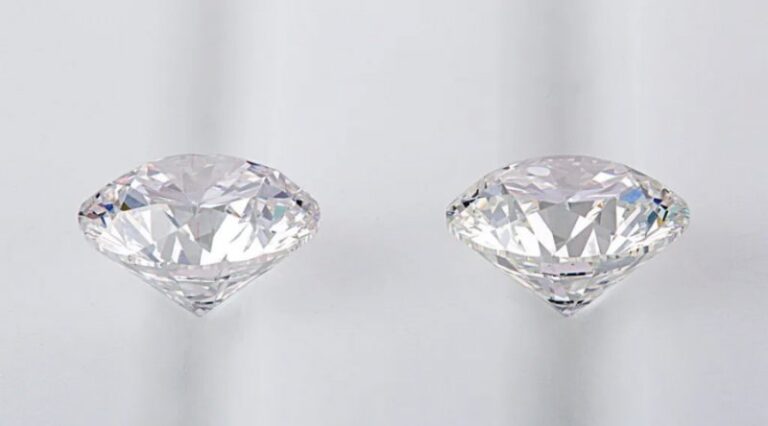Hugo Boss Tracksuit Evolution: From Athletic Wear to Fashion Staple
In the dynamic world of fashion, sportswear has undergone a remarkable transformation from functional athletic attire to a symbol of style and luxury. One brand that has played a pivotal role in this evolution is Hugo Boss. Let’s embark on a journey through the history of Hugo Boss tracksuit, unraveling their origins and tracing their development over the years.
Origins: A Marriage of Functionality and Style
The roots of the Hugo Boss tracksuit can be traced back to the mid-20th century when the brand first ventured into the realm of sportswear. In the early years, tracksuits were primarily designed for athletes, offering comfort, flexibility, and breathability during training sessions. Hugo Boss, known for its commitment to craftsmanship and quality, applied these principles to their sportswear line, setting the foundation for what would later become a fashion phenomenon.
The 1980s: Tracksuits Beyond the Gym
The 1980s marked a significant turning point for tracksuits as they transcended their athletic origins to become a fashion statement. Hugo Boss, recognizing the shifting trends, began incorporating sleek designs and experimenting with materials to elevate the tracksuit from mere sportswear to casual chic. The brand’s tracksuit gained popularity not only among athletes but also among fashion enthusiasts looking for a blend of comfort and style.
Materials and Design Innovation
As fashion continued to evolve, so did the materials used in tracksuit production. Hugo Boss embraced technological advancements and introduced innovative fabrics, blending performance materials with luxurious touches. High-quality cotton blends, moisture-wicking fabrics, and intricate detailing became synonymous with Hugo Boss tracksuits. The brand’s commitment to superior craftsmanship ensured that each tracksuit not only looked stylish but also offered unparalleled comfort.
Celebrity Endorsements and Pop Culture Influence
The 1990s witnessed a surge in the popularity of tracksuits, fueled in part by celebrity endorsements and their prominence in pop culture. Hugo Boss tracksuits became a coveted item, worn by A-listers and sports icons alike. The brand’s ability to seamlessly fuse functionality with fashion attracted a diverse audience, solidifying its status as a trendsetter in the world of activewear.
21st Century: A New Era of Elegance
Entering the 21st century, Hugo Boss tracksuits underwent another transformation, embracing a more refined and elegant aesthetic. The brand continued to experiment with silhouettes, introducing tailored fits and modern designs that appealed to a sophisticated clientele. Tracksuits became a versatile wardrobe staple, transitioning seamlessly from the gym to casual outings, and even making appearances in upscale settings.
Global Icon: The Hugo Boss Tracksuit Today
Today, the Hugo Boss tracksuit stands as a global icon of sporty sophistication. The brand’s commitment to innovation and style has solidified its position as a leader in the luxury activewear market. Tracksuits from Hugo Boss are not just garments; they are a testament to the brand’s enduring legacy of blending form and function.
Conclusion: A Timeless Blend of Sport and Style
In conclusion, the evolution of Hugo Boss tracksuits reflects the ever-changing landscape of fashion. What began as functional sportswear has evolved into a symbol of luxury and style, capturing the essence of contemporary activewear. Hugo Boss tracksuits seamlessly marry comfort, quality, and design, transcending trends to become a timeless wardrobe essential for those who appreciate the marriage of sport and style.







